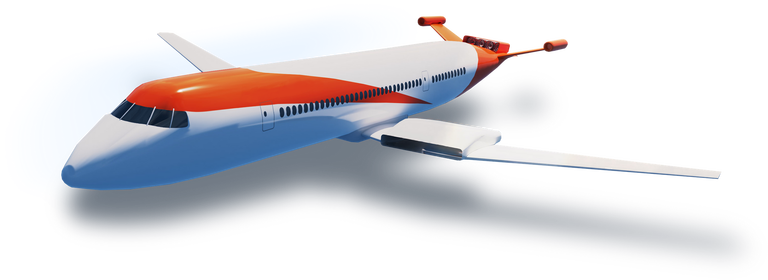No one is going to stand up and say that we haven’t made substantial progress at reducing our carbon footprint in the automobile industry. Because we have. But cars aren’t the only form of transport in need of a good, electrifying shakeup.
The aerospace industry puts out a lot of CO2 too. Fortunately, aerospace startup Wright (great name) is on it, and has begun testing its 2-megawatt engines designed to get passenger flights airborne with the power of electricity.
Electric planes are the Wright idea
Now, it’s not like no progress has been made towards electric aircraft at all, but there’s been significantly less in that realm thanks to the fact that it’s a slightly more finicky process using electricity to keep something in the air than it is to roll it on the ground.
See, plane engines need to provide enough thrust not only to push planes through the air, but also to keep their mass up there. TechCrunch explains that the weight of the batteries needed to power strong enough engines for an electric plane would end up making it too heavy to fly.
Wright works around this by developing lighter, more powerful engines capable of producing enough thrust to lift a battery-laden bird into the sky. Its 2-megawatt engine puts out roughly 2,700 horsepower, with an efficiency of 10 kilowatts per kilogram. Wright’s founder Jeff Engler says, “It’s the most powerful motor designed for the electric aerospace industry by a factor of 2, and it’s substantially lighter than anything out there,”
The engines are designed with retrofitting in mind, but Wright’s also drawing up a hybrid-electric plane of its own to make use of them. The plan is to have several engines on each wing, both for stability purposes and as a buffer for if one or two fail in-flight.
Wright is currently lab testing its engine at sea level, and plans to eventually move on to testing in an altitude chamber sometime next year and then 40,000 feet in the air if all goes well.
